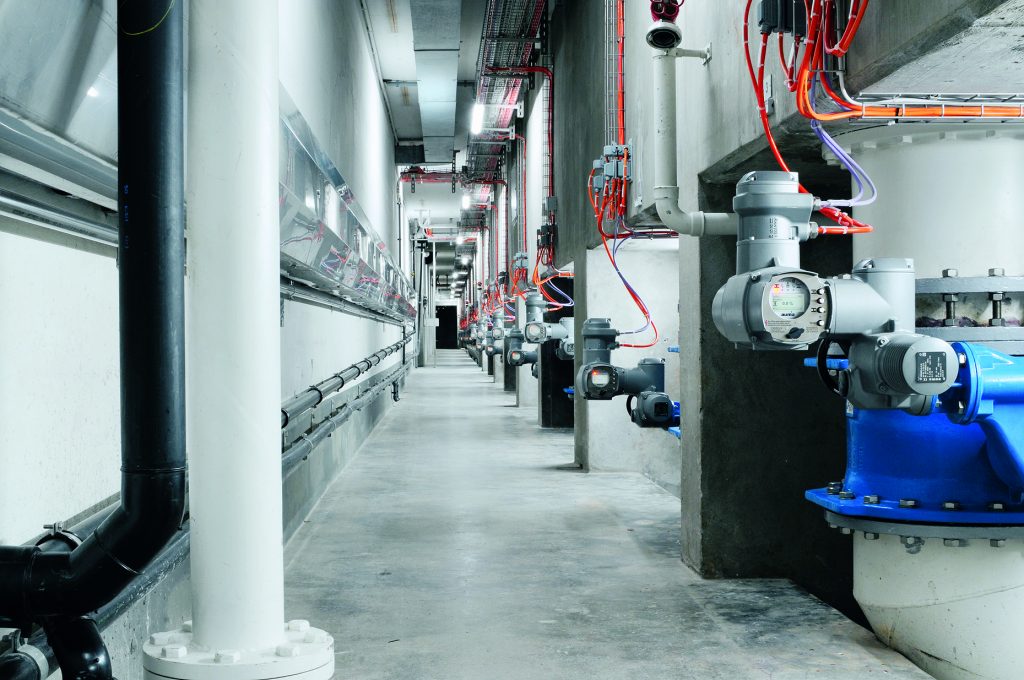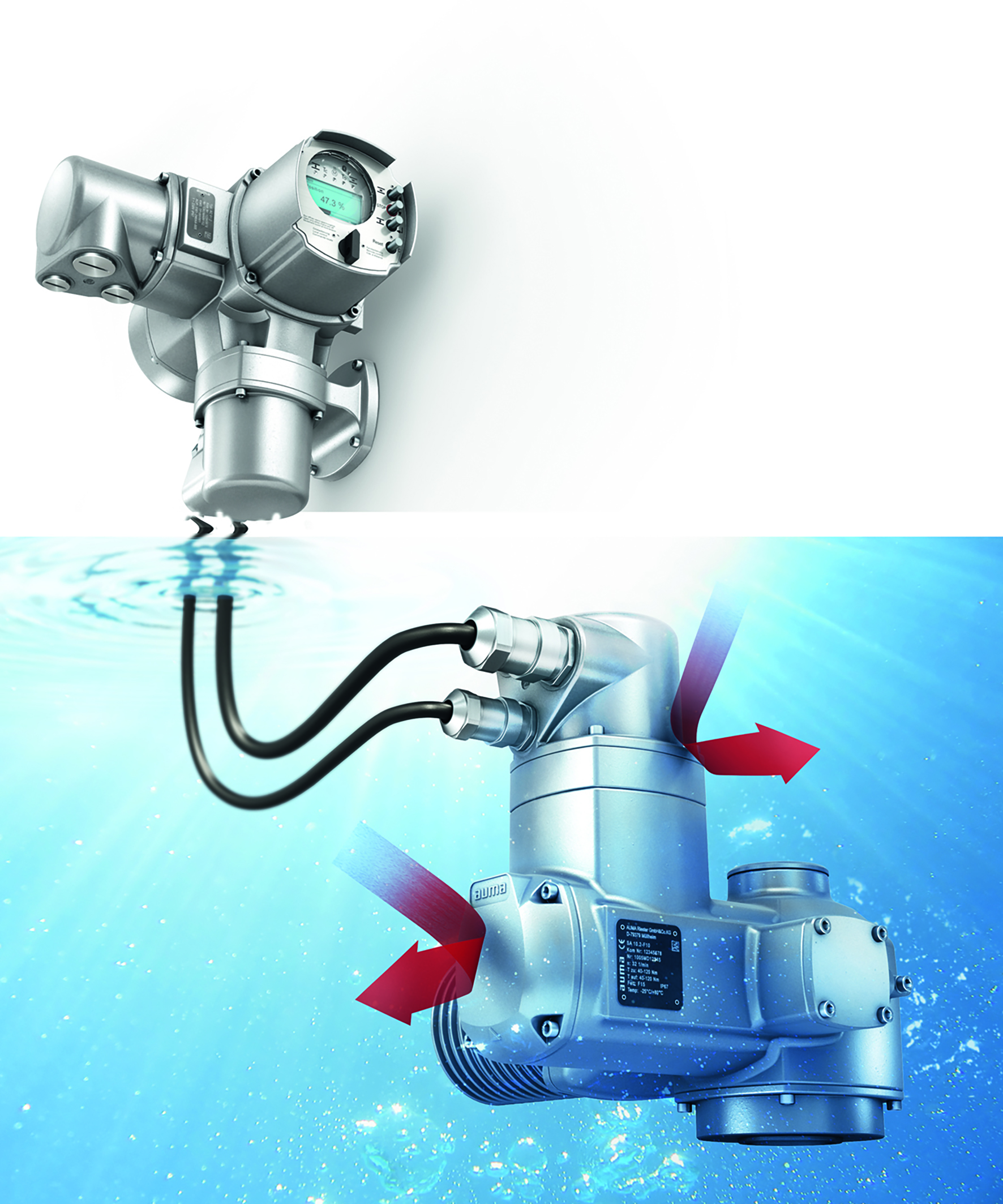The electric valve control market faces increasing pressure from commoditization of its products. There are many ways in which an integrated control system actuator solution, rather than a simple hardware sale, better satisfies differing customer needs and adds real customer value, positively impacting site efficiency and asset management.
Modular design is a popular way to cut costs, speed delivery and increase flexibility. AUMA’s SA and SQ ranges and associated controllers, modules can remain separate up to the installation stage. This often cuts weeks from the delivery schedule and time needed for site work.
An actuator has three basic components: the electrical connector, the control unit and the main body, incorporating the valve mounting, gearbox, motor and hand wheel. A modular approach allows each of these components to be routed to the appropriate subcontractor. The valve mounting, motor and gearbox can go to the valve supplier or pipework contractor as soon as they are ready, without waiting for the control specialists. The control unit can go to the control subcontractor, and the electrical connector to the electrical subcontractor.
The ability to test and pre-commission before the equipment arrives on site can make site work easier, quicker and safer. The motor operated valve can now arrive with the pipework, pre-tested and stroked, and with end stops and torque limits set. As a result, final assembly and testing requires fewer contractors and less site work, including in potentially hazardous situations such as working at height or in confined spaces.
The modular approach also supports maintenance through simple parts exchange and offers future upgrade opportunities in a similar way.
Typical control systems contain many other devices such as level or flow sensors which all need to communicate back to the master control system. Wiring and device costs can be reduced at the design stage by using the in-built capability of Fieldbus enabled actuator controls like the AUMA AC to digitise analogue signals and feed them back using the fieldbus communication link. This offers considerable savings including segment couplers, protectors and reduced wiring.
Under a ‘Predictive’ maintenance approach, there are no defined service intervals and the equipment itself sends alerts when it needs attention so that it continues reliably and efficiently doing its job. Modern actuators provide a way of monitoring the process and at the same time reducing the overall maintenance costs. It also forms an important part of effective Asset Management.
There are several points of attention in an electric actuator – the seals, the grease, reversing contactors and the mechanical components. The number of starts, the number of turns of the shaft, the time the unit has been operating and the output speed, all of which can predict when the mechanics of the actuator will require attention. Vibration, temperature and torque at various points in the actuator can also be measured to indicate machine conditions.
Actuators also provide critical information about the process. A predictive maintenance signal that integrates torque measurement with a differential pressure sensor can warn of a loss of flow in a pipe, as well as the possible failure of a valve.
Vital equipment such as valve actuators should of course be maintained in line with the manufacturer’s recommendations, and major utilities are increasingly insisting that this important component of asset management should not be left to untrained staff. There are several points within the market where customers and supply chain partners can add additional flexibility.

Valve manufacturers can add value in mounting, testing, set up and configuration of the actuators prior to delivery to site, but only if they are able to work to the manufacturer’s specifications. On site, service partners and wastewater companies can also diagnose and troubleshoot valve and actuator applications, if they are trained to the manufacturer’s standards.
AUMA approaches the issue through the development of the ACE (AUMA Certified Engineering) programme. ACE offers three levels of certification guaranteeing an appropriate level of knowledge, depending on where in the supply chain the technician works, to install, commission and maintain AUMA equipment.



